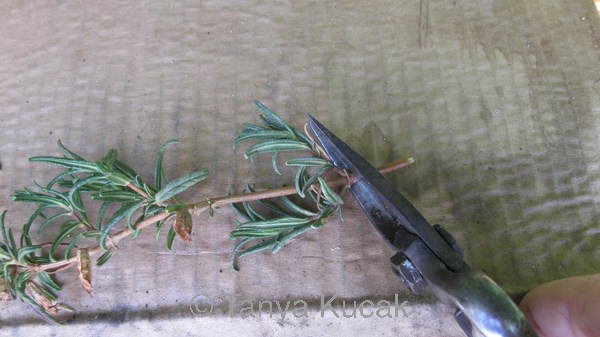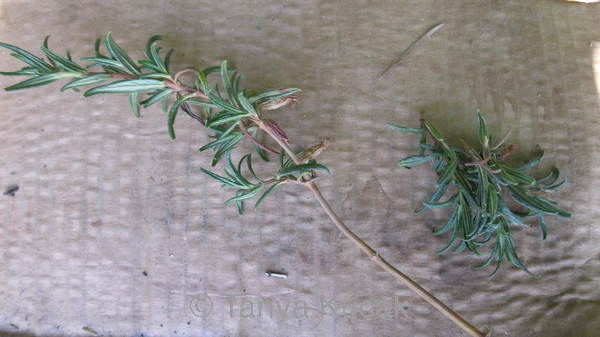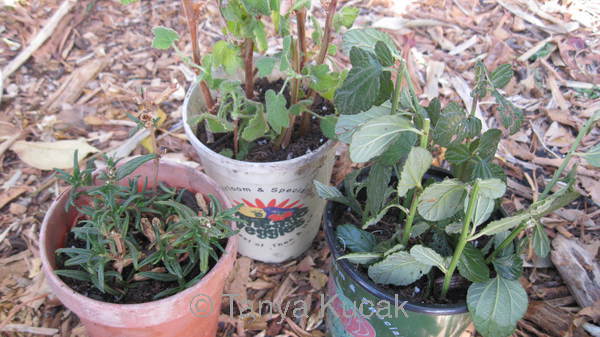
When he was starting out and couldn't afford to buy a whole truckload of plants, Alan Hackler would buy one $10 plant in a 1-gallon container and then divide it into 10 or 20 plants.
At a the annual Gardening with Natives seed and cutting exchange, he talked about propagating native plants. Now the owner of the landscaping company Bay Maples, Hackler showed that a 1-gallon container of such common natives as yarrow, heuchera, hummingbird sage, and douglas iris could be divided into multiple plants. Each fan of douglas iris, for instance, can be planted separately and will eventually grow into a mature plant. The more experience you have, he said, the more plants you can tease out of a clump and grow successfully into a size that's ready to plant in your garden.
November to February is the perfect time for propagating many plants, Hackler said. During the cool rainy season, it's easier to keep the plants shaded, happy, and alive. Natives such as salvias and monkeyflowers benefit from minimal meddling, and this is the ideal time of year to set them aside and let them be.
Unlike some propagators, Hackler does not use rooting hormone when he takes cuttings. Manzanitas will take 5-6 months to produce viable starts whether you use rooting hormone or not, he said.
Hackler emphasized a low-tech approach that echoes my own experience. He suggested taking semiwoody cuttings, rather than softwood cuttings, because they will root more easily with minimal care. Softwood cuttings will root faster, he said, but only if they are coddled in a greenhouse with a heat mat underneath and regular misting from above.
To take a cutting, trim each section just below the lowest leaf node, then strip the bottom half of all leaves. Place the cutting in a container of prepared potting soil, and cut off flowers, fruits, and part of the leaves. The plant will grow new roots from the leaf nodes that are underneath the soil. Cutting away flowers and fruit enables the new plant to devote all of its resources to growing new roots, rather than trying to mature its seed. Trimming the leaves both minimizes moisture loss and allows more cuttings to fit into a pot, Hackler said.
Let the soil dry out between waterings. The easiest and fastest way to check whether a pot of cuttings needs water, he said, is to pick up the container and see how heavy it is.
Yerba buena is fussy to propagate from cuttings, Hackler said, so he suggested anchoring a long stem to the soil with a rock. The stem will grow roots where it touches the soil.
This is also a great time of year to divide bulbs, he said. Soaproot offshoots, for instance, won't flower unless they are separated from the main plant. Peel back the thick layers surrounding the root to separate the offshoots.
At least a dozen people brought plant material from their gardens to the exchange, and everyone was encouraged to take whatever they could use. Post a reminder on your calendar and join us next year!

Trim each cutting just below the lowest leaf node.

Remove the leaves from the bottom half of the cutting.

Make sure the roots face downward in the container, even if the foliage aboveground has to be planted at an angle.

Monkeyflower, currant, and ceanothus cuttings are ready to go in the shade, once the leaves have been trimmed back a bit more.
© 2013 Tanya Kucak